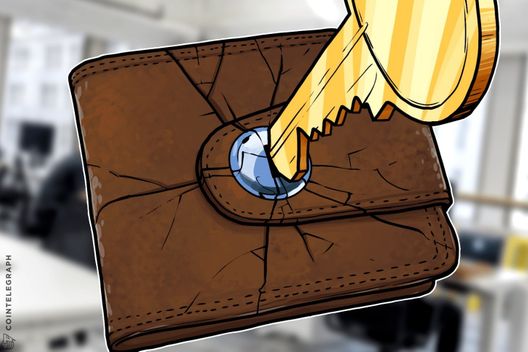Bitcoin self-custody advocate explains why on-ramps are key to adoption
Cypherpunk Jameson Lopp highlights the need for easier-to-use, improved self-custody solutions and more on-ramp avenues to drive Bitcoin adoption.
529 Total views
1 Total shares

Software developer Jameson Lopp believes improving usability and user experience of Bitcoin (BTC) self-custody solutions and making more avenues to acquire BTC will be key in further adoption of the preeminent cryptocurrency.
The co-founder of Casahodl, who’s a prominent figure in the Bitcoin and wider cryptocurrency space, spoke of the challenges in building self-custody solutions in an exclusive interview with Cointelegraph journalist Joseph Hall ahead of Miami Bitcoin Week.
Related: The Bitcoin transition: How hodlers can become changemakers and drive adoption
Lopp has a wealth of experience as a developer building a range of services and products in the cryptocurrency space, but has largely been focused on self-custody of digital assets in recent years. Casahodl offers a range BTC self-custody solutions and is set to provide Ethereum support in 2023:
“The default path for most people to get into Bitcoin is through centralized exchanges that are surveilling their customers generally because they are legally required to do so.”
Lopp speculated that users typically buy an entry level amount of Bitcoin on an exchange and leave their holdings in the respective wallet. He questioned whether some users are even aware that they can actually manage their own BTC holdings in a self-custodial wallet:
“Even those who do understand that self-custody is a thing are afraid to take on the responsibility that is associated with that.”
Nevertheless Lopp added that cryptocurrency custodian service providers like exchanges offer a level of convenience and usability through web applications that is more user-friendly to industry newcomers. There is a relatively low barrier to entry, with the only friction point being AML and KYC requirements that many web users are becoming accustomed to.
“We simultaneously need to make self-custody both easier and make it so that people are comfortable and confident that they can do it without screwing up.”
Lopp added that creating more on-ramps for people to acquire Bitcoin and driving economic activity with the cryptocurrency. He used decentralized social media platform Nostr as an example of an ecosystem that has integrated Bitcoin layer-2 Lightning protocol as a means to drive the use of BTC:
“People can basically sign up there just by generating a public key and by creating a lightning wallet and they can just start receiving and sending with no AML orKYC required.”
In countries like the United Kingdom, Bitcoin proponents and a range of industry-leaders established a policy group to foster education, investment, business and job creation for the ecosystem in April 2023.
Meanwhile layer-2 infrastructure providers like Lightning have seen organic growth over the last year, with a steady increase in the amount of BTC locked up in Lightning channels.
Magazine: Ordinals turned Bitcoin into a worse version of Ethereum: Can we fix it?









